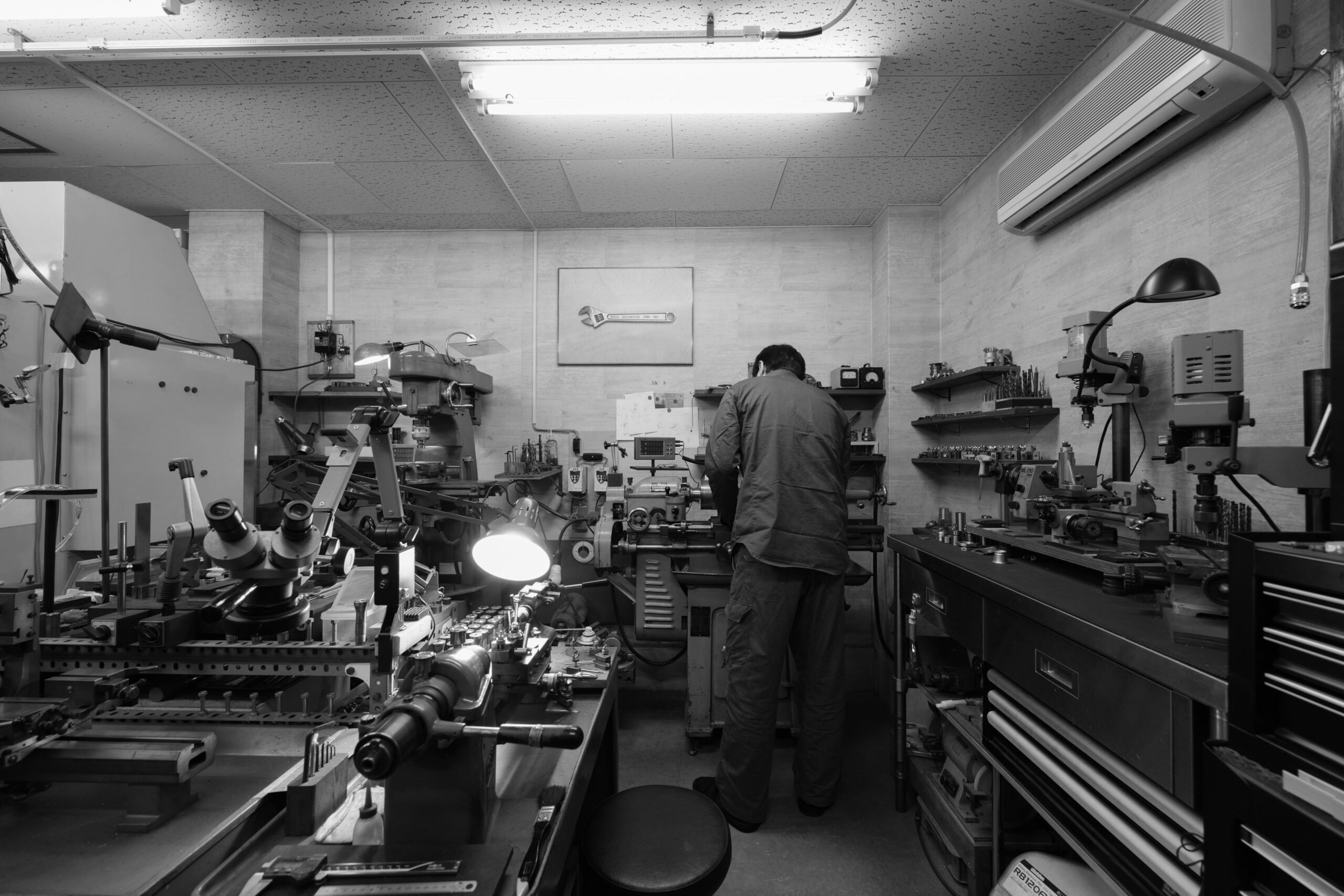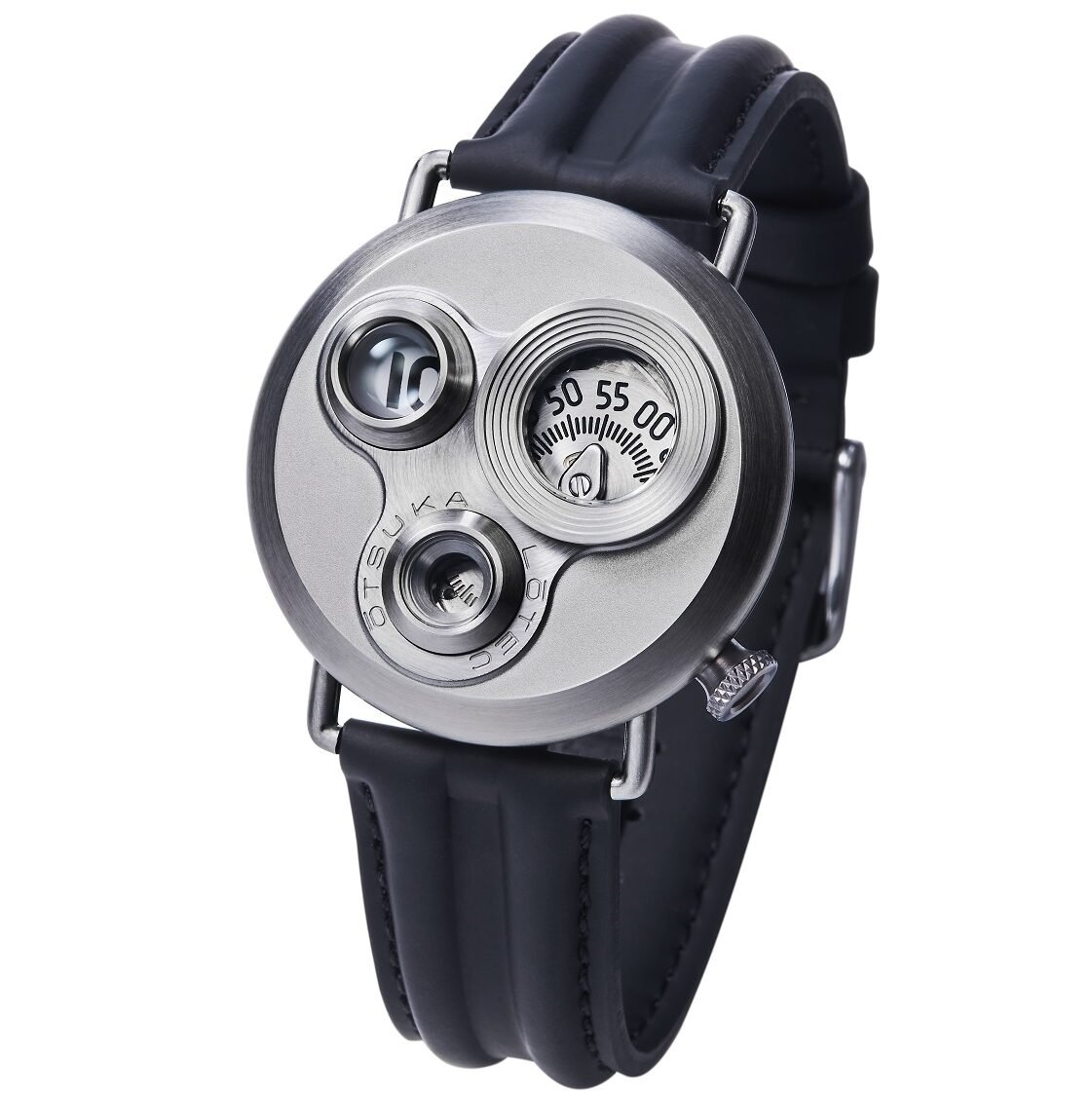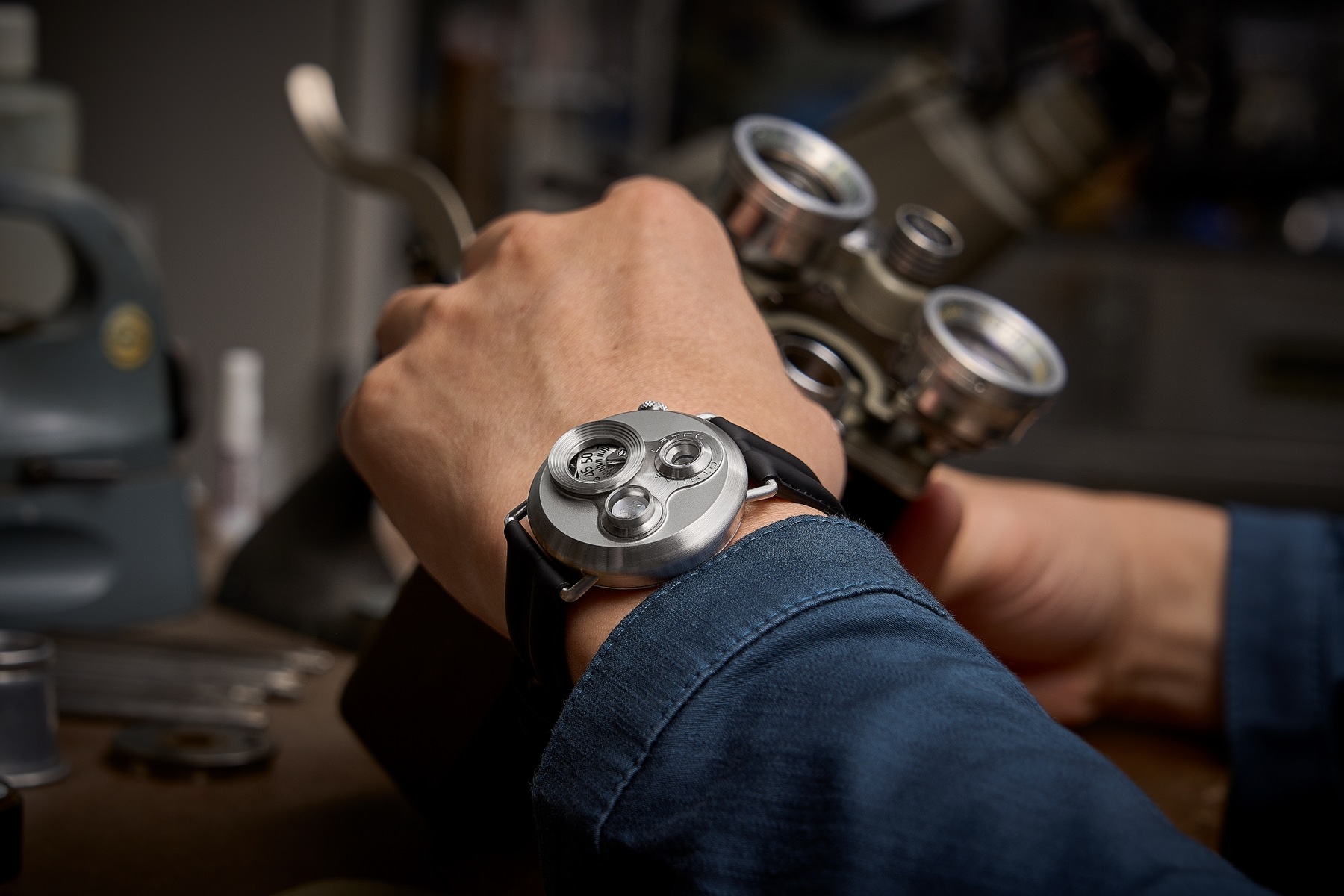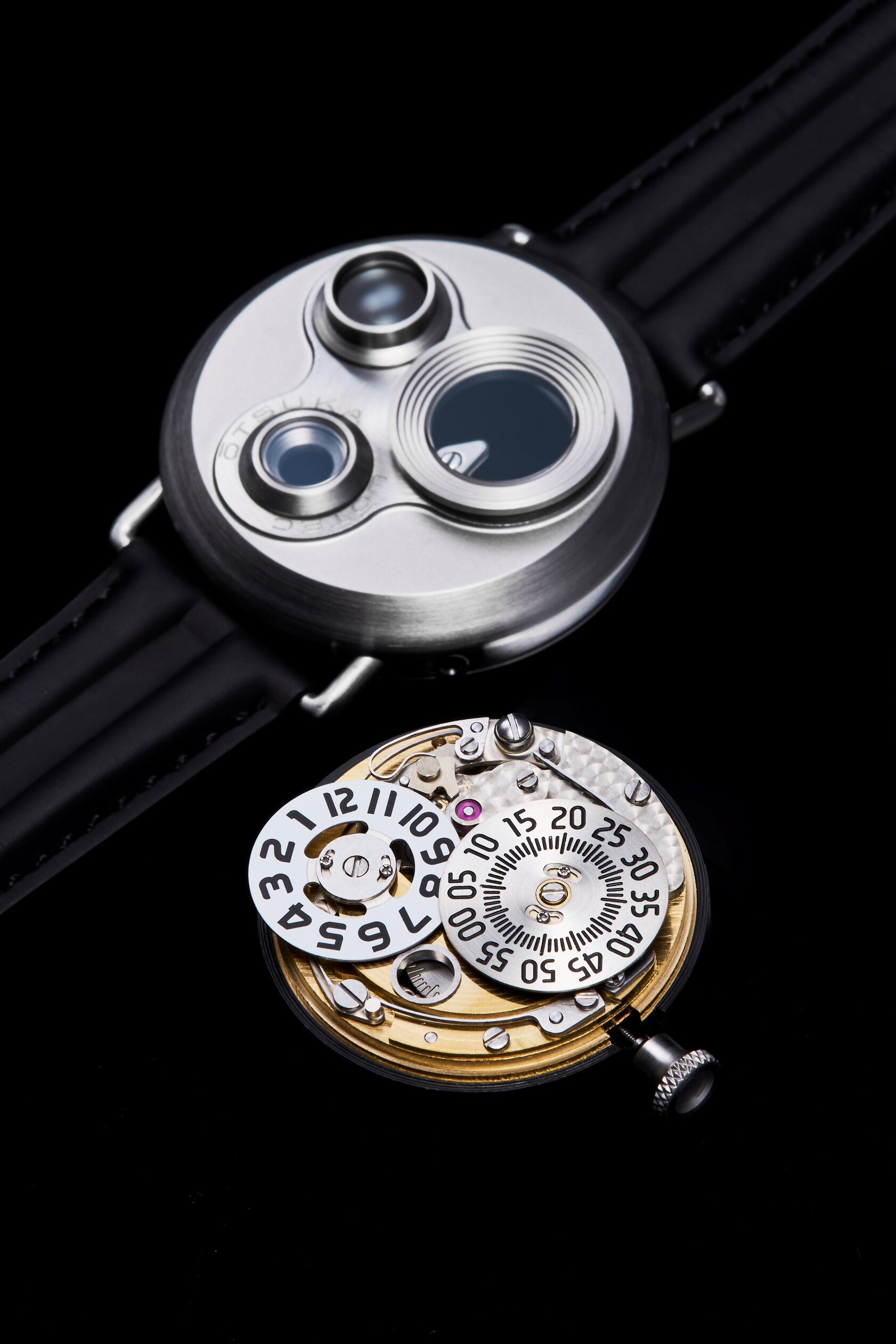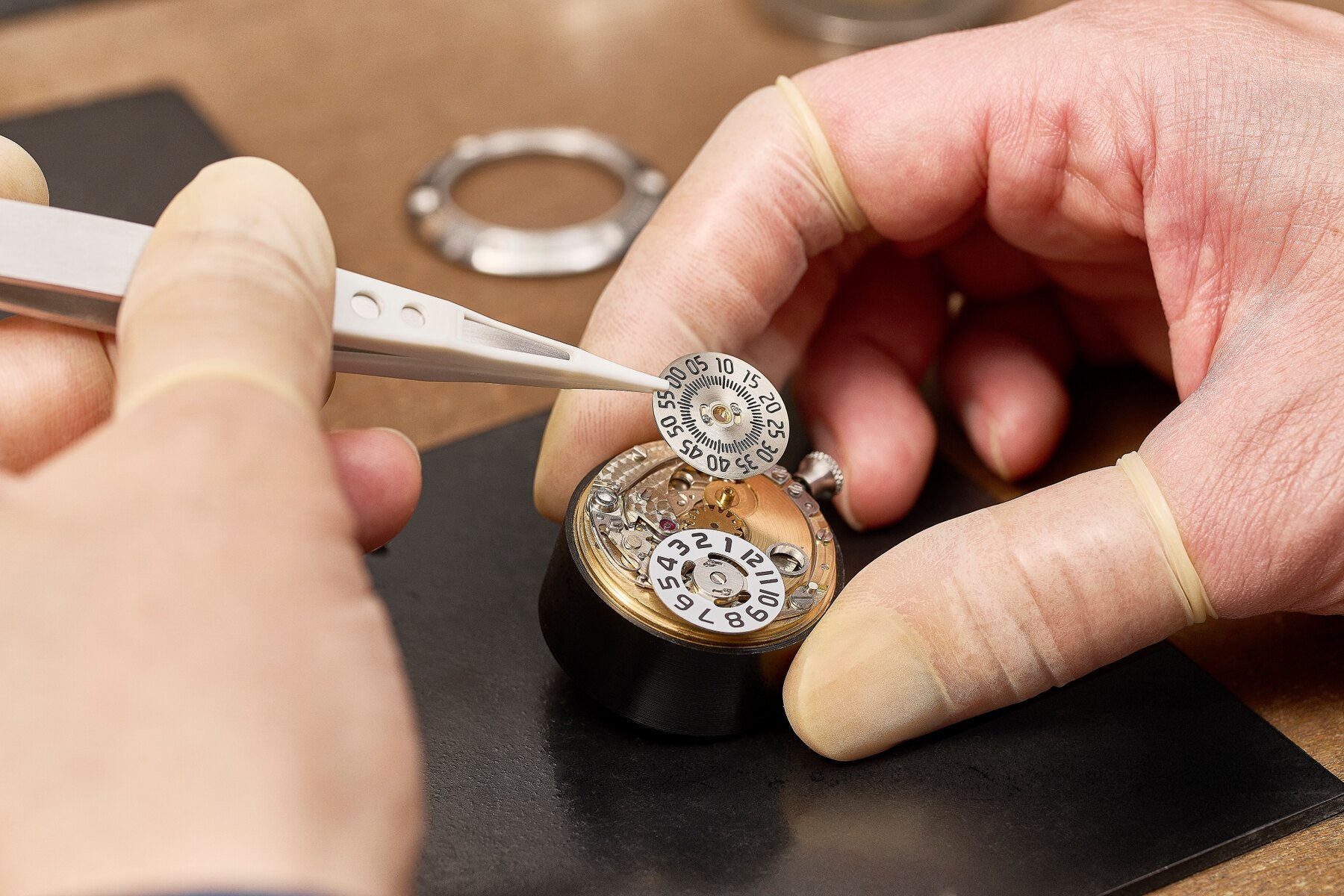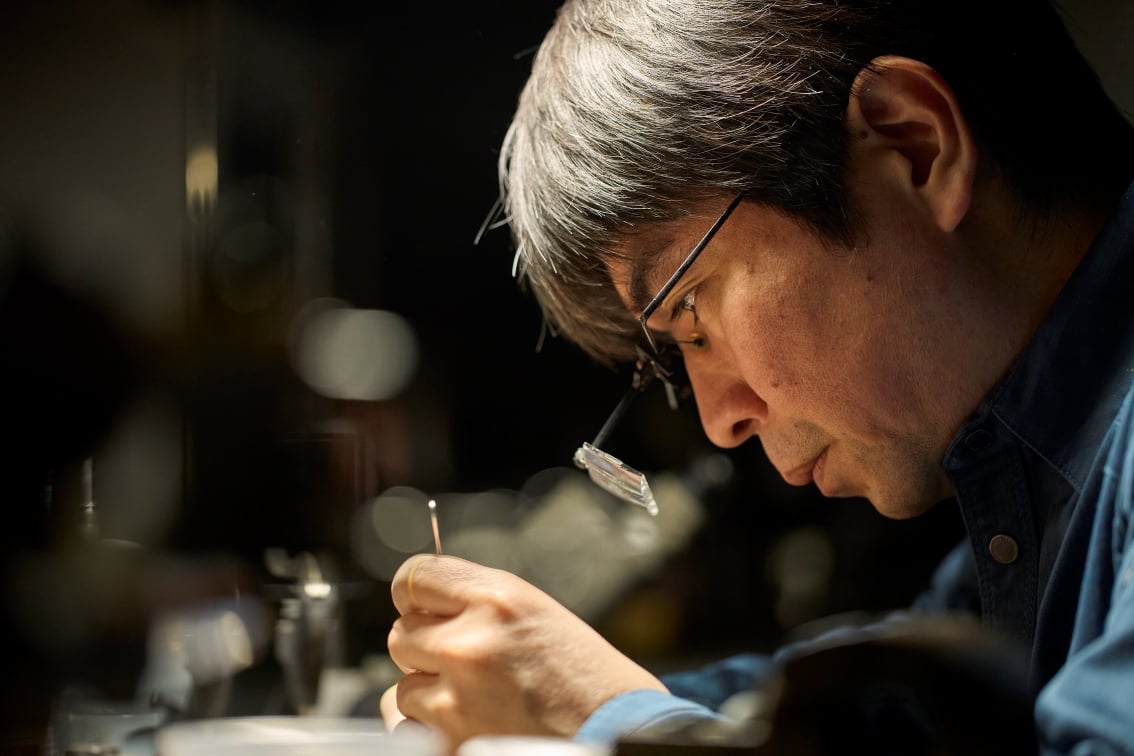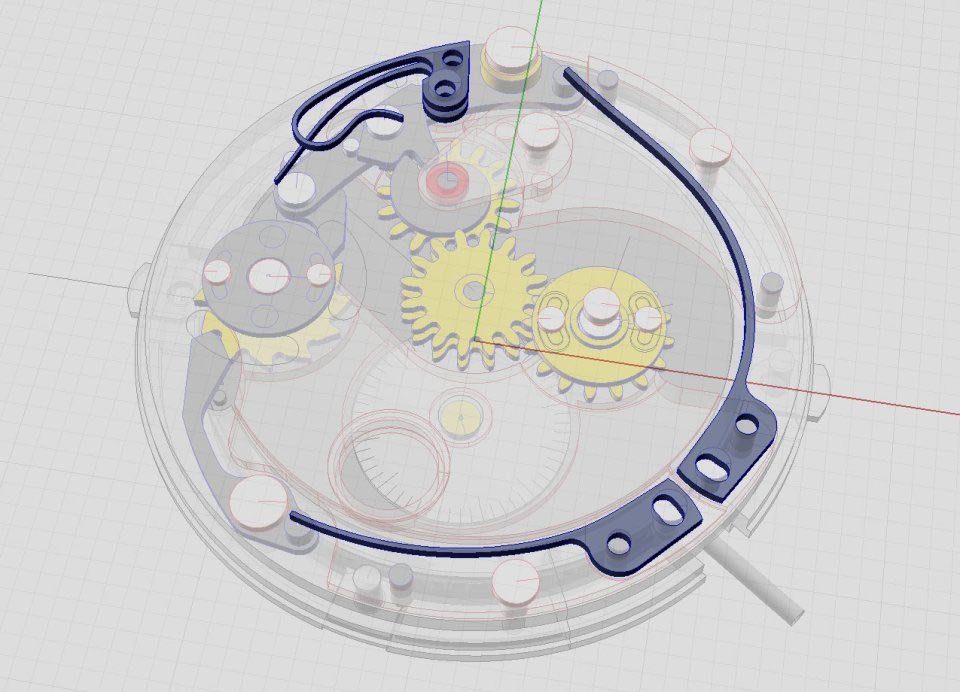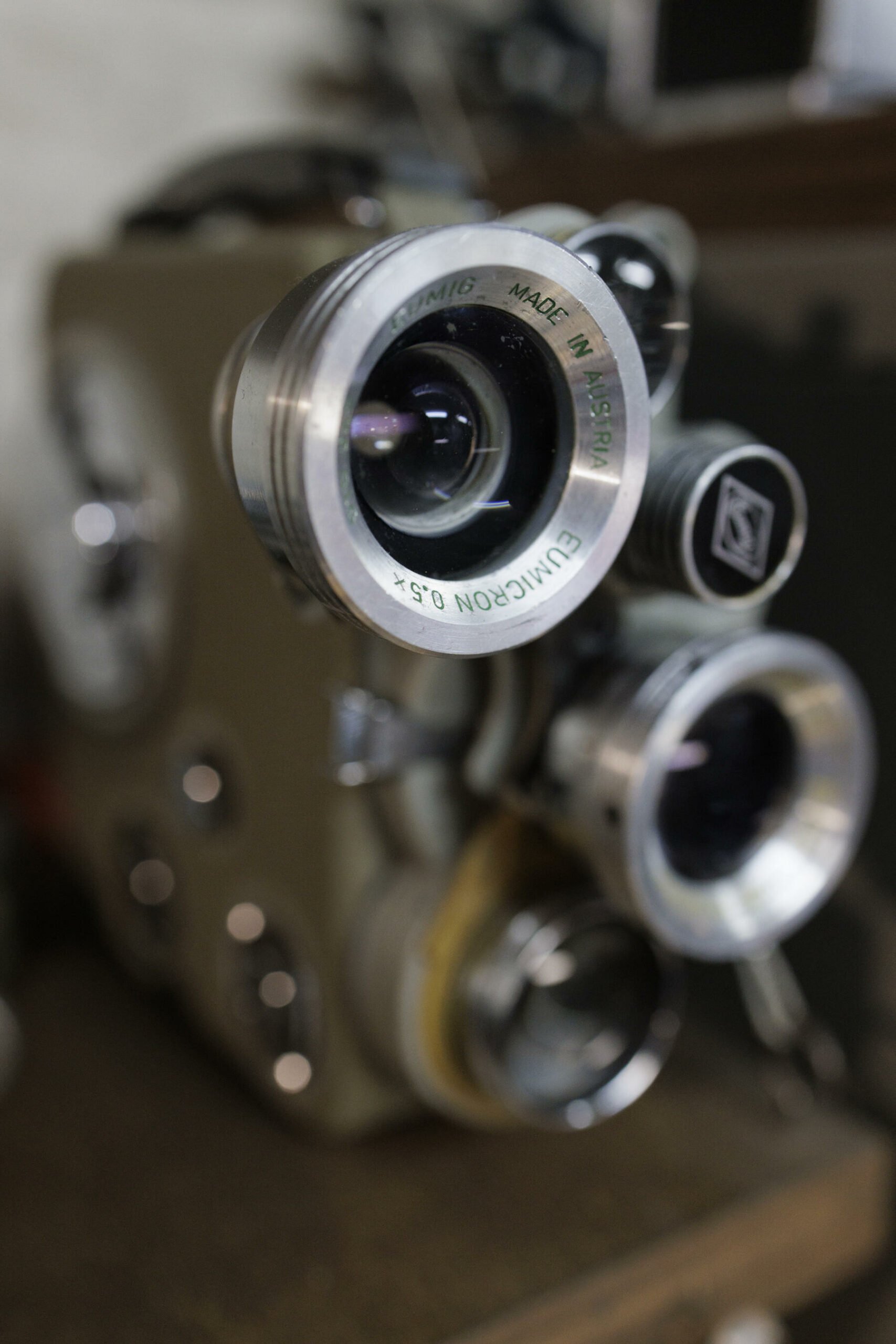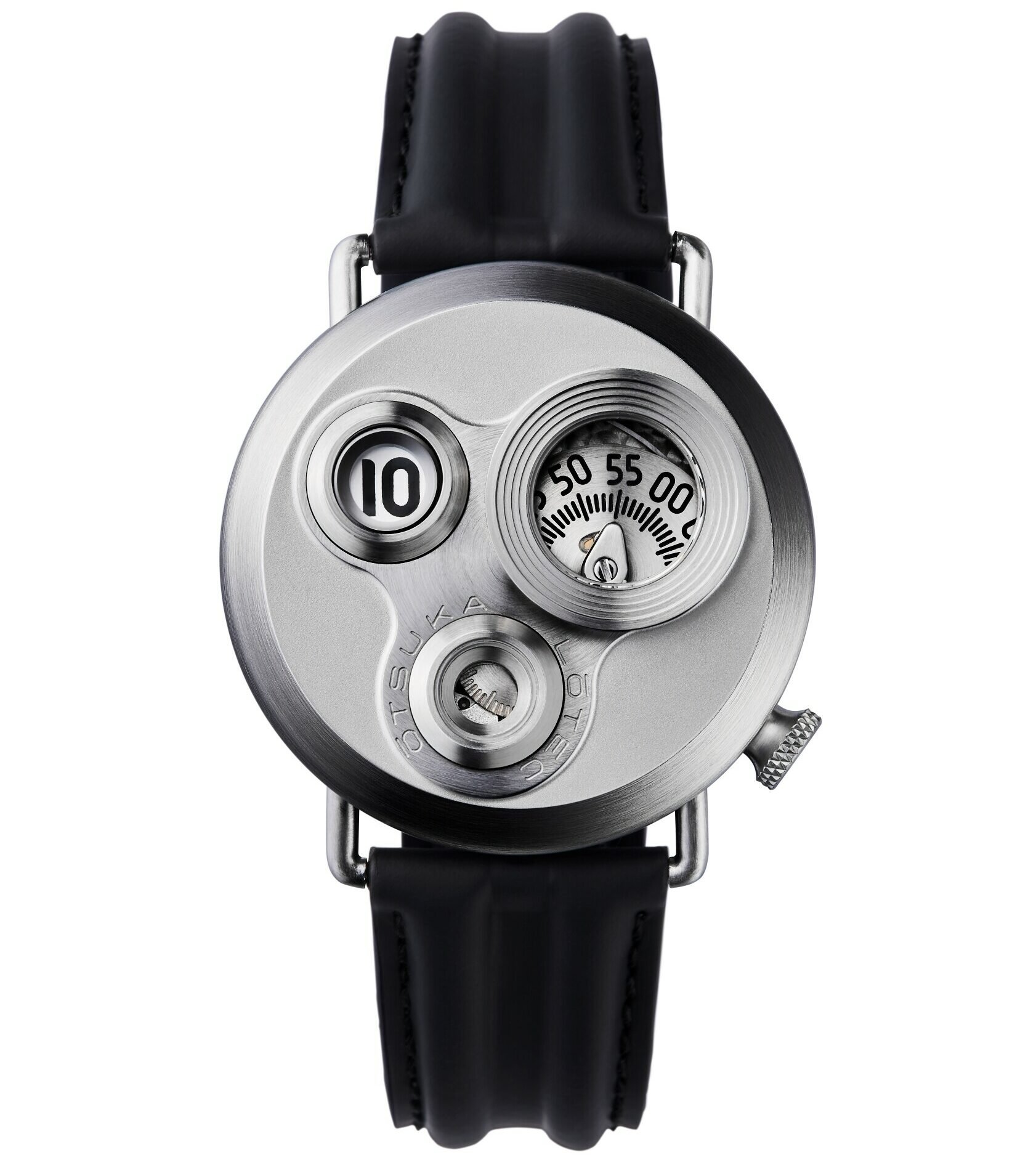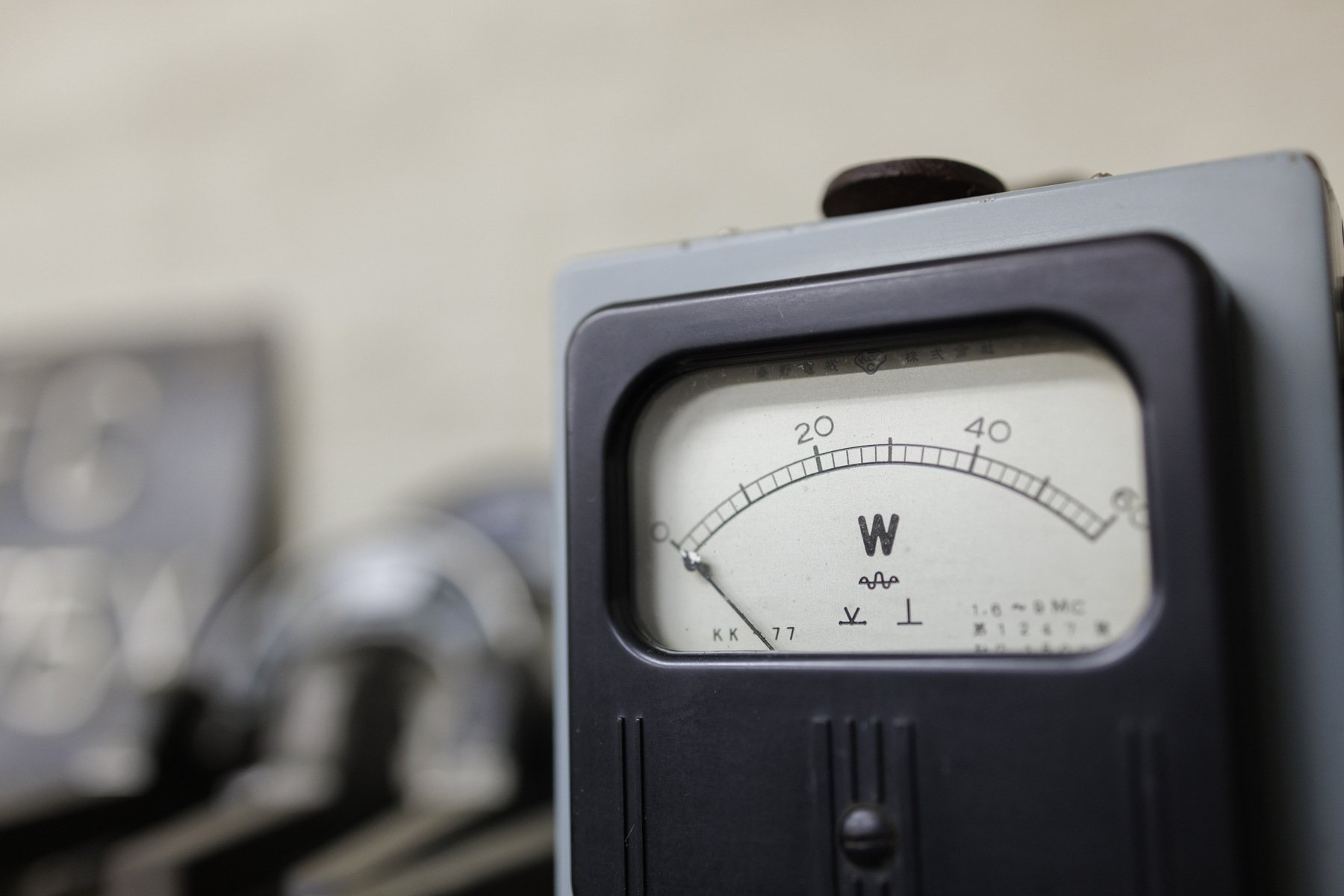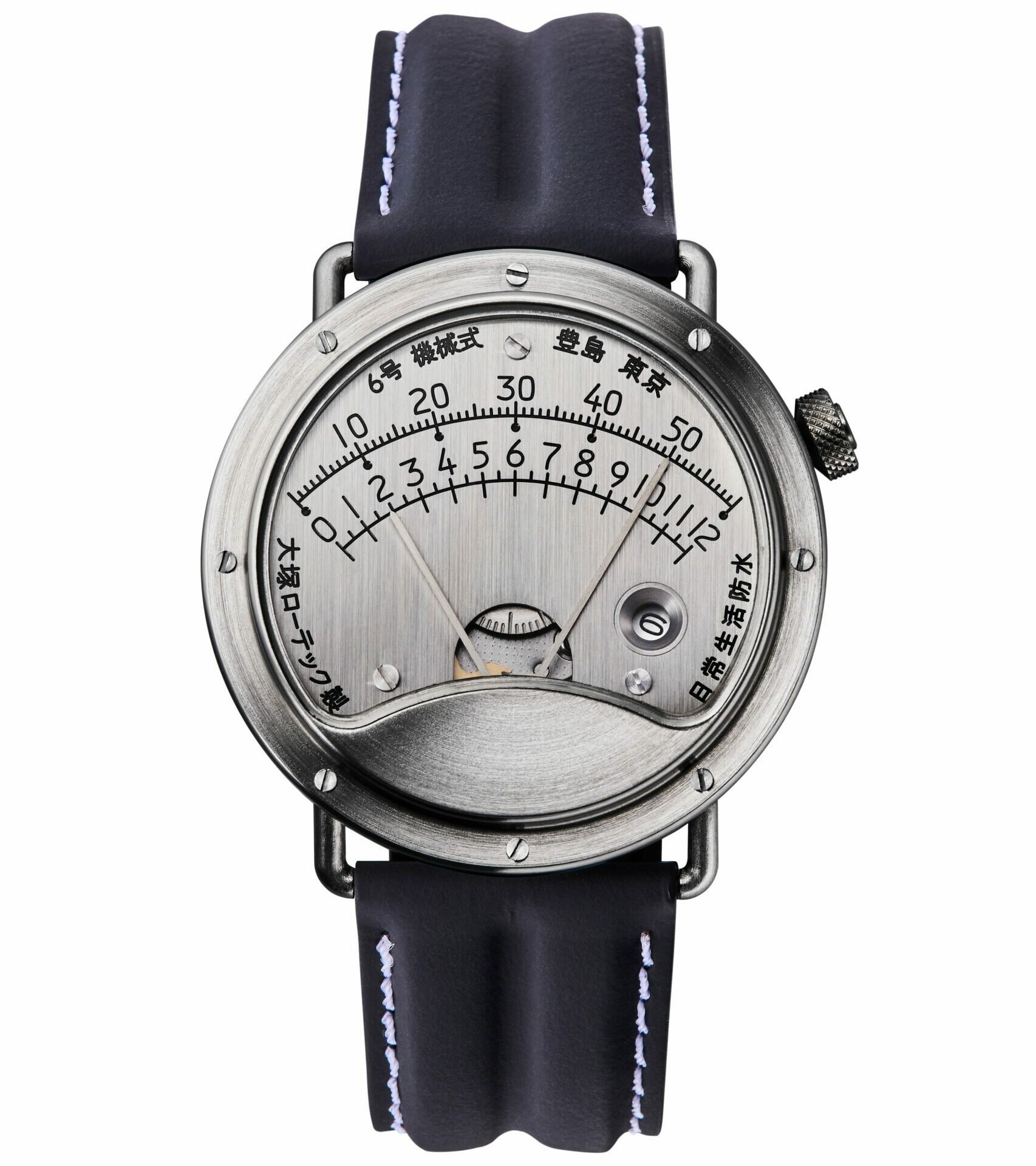Otsuka Lotec: Perhaps The Coolest Japanese Independent Brand You’ve Never Heard Of
We cover all of watchmaking at Fratello, and for the last five years or more, our horological world has been marked by a huge retro-nostalgia wave. From budget Kickstarter watches to €10K+ big-brand offerings, many lean heavily on timeless sports watch designs and mid-century inspiration. Then, in the upper echelons, we have a mix of precious metal and avant-garde creations that most of us could never afford. Otsuka Lotec, however, takes a much different approach, and I think you’ll agree that it’s all the better for it.
I’ll admit to nearing my fill of vintage-looking watches and being drawn to more industrial future-chic watchmaking. It’s a genre where brands like Urwerk, Vianney Halter, and MB&F give us jump-hour complications and mad case designs. But their futurist vibe often comes with big price tags. Otsuka Lotec is a relatively new contender, representing a big bang for your buck and hand-crafted details.
Jiro Katayama and his brand Otsuka Lotec
Katayama-san’s small brand has a following on Instagram, and Otsuka is a neighborhood in Toshima, Tokyo. It’s a typical area that mixes traditional Tokyo with the all-pervasive city gentrification. “Lotec” is what it sounds like, meaning “low-tech.” This name stems from Jiro Katayama’s small output of atelier-crafted and hand-assembled wares. All are completed by the designer himself. And just like Hajime Asaoka, Jiro Katayama is a self-taught watchmaker, increasing my fascination. Every part except the Miyota base movements, rubies, crystals, and straps are small-scale manufactured on manually operated machines. In 2022, the entire production was 71 watches, with a range called the No.5, No.6, the No.7, and the latest No.7.5. The design of the last one is as simple as it is quirky, and if you instantly get the inspiration behind it, you’ve got a sharper eye than me.
The inspiration behind the design(er)
Jiro Katayama is not a watchmaker by trade. Instead, he started as a car designer with a keen eye for last-century industrial designs, such as pressure gauges and a classic 8mm film camera with three protruding steel lenses — see the resemblance? This is a big part of the off-center charm of the No.7.5. It has a smooth, circular steel case with wire lugs and what look like ocular displays. Logic makes you immediately equate hours, minutes, and seconds with the three apertures, and the execution has a charming asymmetrical balance. It’s a simple yet simultaneously complex design that’s refreshingly free of the burden of traditional French or Swiss watch-design doctrine.
Having followed Jiro Katayama and his work over the last couple of years, I can say that the watches are a fascinating acquired taste. They’re also very limited JDM (Japanese Domestic Market only) products. The reason behind this is Katayama-san’s focus on hand-finished quality rather than volume via external assembly, something I deeply respect. So for now, you’ll need feet on the ground in Tokyo, raffle luck, and close personal contacts in Japan to get one. But this is exactly why we love early Grand Seikos and the intriguing JDM world of older right-hand-drive Nissan Skylines, right?
My first impressions of No.7.5 are of a clean-cut blend of Vianney Halter and Urwerk, and that’s a big compliment in my book. And mecha-digital time displays are something I enjoy a lot, especially small details like the clean snap of the hour disc seen in Katayama-san’s YouTube video of the No.7.5.
The Otsuka Lotec No.7.5 itself
Katayama-san has based the No.7.5 on a smooth, round shape with three steel-framed display windows. These include a jumping hour at what would usually be the 10 o’clock position with a fish-eye crystal, a minute disk at 2 o’clock, and a seconds disk at 6 o’clock. They sit within a circular 40mm case with a sloping, circular-brushed edge, not too unlike a bezel on a normal watch. The sides then slope inward as they approach the case back. We see a mix of sandblasted and hairline brushed finishes, the matte top framing the organically shaped raised center with its three intriguing windows. And yes, the 8mm-camera inspiration is now charmingly apparent.
With a nice 40mm diameter and slim 11.2mm thickness (excluding the time-display windows), the sizing seems just right. A sapphire case back also lets you view the Miyota 82S5 movement that the No.7.5 is based on. With such a sleek shape and the knurled crown at 4 o’clock, it will make for a comfortable, odd-shaped companion that’ll spark many a conversation. Just like watches from Behrens, the offbeat display and technical ingenuity of Jiro Katayama leave no question as to the watchmaking value present here. Now, let’s find out more from the man himself thanks to my good friend Keisuke Okahara from Precision Watch Tokyo.
The start of a brand
In this chat with Jiro Katayama, my most important question was what inspired him to be a self-taught watchmaker, just like Hajime Asaoka. Besides this, I would love to know more about the inspiration behind the main models No.6 and the new No.7.5. Katayama-san tells me about the beginning of these endeavors in 2012: “I started my career as a car designer/product designer, and I wanted to make something myself, so I acquired a lathe through an internet auction. When I thought about what I wanted to make, cars and watches that people wear to express their individuality were interesting, and I chose watches because they can be made by one person.”
Being a non-watchmaker frees up the creative spirit, and Katayama-san always bases his designs on an idea for a display mechanism rather than a watch style or its function (i.e., a dress watch or a diver’s watch).
When a design comes together
Jiro Katayama follows his instincts without the restraint of existing wristwear design. He tells us more: “The time-display mechanism is the main focus, so I designed in-house modules for Miyota movements. The number of parts used in the in-house module varies depending on the model, but one typically consists of about 30 parts, such as gears, springs, and discs. The difficulty in making in-house modules lies in the fact that each part has a slightly different size, and when various parts pile up, there is a large error in thickness and clearance. So I adjust the overall height of the movement by finding and combining parts that work well together.”
Mid-century inspiration
Katayama-san is particularly fond of products from the mid-20th century, a time when one engineer was responsible for an entire design. The retrograde watch No.6 is inspired by an air pressure gauge and the jumping-hour watch No.7.5 by an 8mm movie camera. However, some ingenuity was required in the production to realize the design. When an off-the-shelf movement is used as the base, there are space limitations for in-house modules. For example, in the No.7.5, there is a safety device installed. This is to mitigate the load when the crown is turned backward. The spring used in this device was designed to move flexibly and return to its original position even within the space constraints.
The evolution of the Otsuka Lotec No.7.5
The new No.7.5 is an evolution. Katayama-san explains how this fourth model has changed. He tells us, “No.7 was launched in 2020 and the first No.7.5 in 2021. The new No.7.5 came in 2023. The No.7 had the minutes and seconds disks on the same axis, while the No.7.5 has independent displays for hours, minutes, and seconds. When No.7.5 was renewed to the new specifications, the module itself was improved. The case material changed to SUS316L steel, and all displays now have sapphire crystals. Both No.7 series are jumping-hour watches, but the module features two overlapping center gears. This is to allow the jumping-hour cam to pass between the gears. The gear on top turns the minute disk, and the height of the minute disk aligns with the hour disk.”
Production and assembly
Other than the base Miyota calibers, Jiro Katayama designed all the parts himself. Furthermore, they are produced in-house, including every single component of the modules. For the No.7.5, this took him about six months from conception to completion of a prototype. Today, there is a close relationship between Jiro Katayama and Precision Watch Tokyo. That is Hajime Asaoka’s parent company for his Haute Horlogerie pieces and Kurono Tokyo. So going forward, assembly will be done by Jiro Katayama with the help of three watchmakers under his supervision. This will mark a change of pace for Katayama-san. He says, “For the past 10 years, I have been making watches by myself. In total, I have delivered 400 watches. Last year alone, I completed about 70 watches. Now with three watchmakers helping me, the pace will be about 15 pieces a month.”
What’s next for Otsuka Lotec?
Rather than increasing the number of pieces, Jiro Katayama’s emphasis is on quality and the stability of his modules. He tells us, “I would like to increase my production numbers. Today, demand outweighs supply by a big margin. After the release of this new No.7.5, there will be a reworked No.6. I am focusing on updating the case and improving the stability of the modules. You can expect another watch with an interesting time display next year.” And if it looks something like the sketch on Katayama-san’s Instagram profile, we’re in for a square-ish surprise.
On a personal level, the No.7.5 is very tempting, despite my plans for a rectangular dress watch. I seem to have fallen for this intricate oddball, and its smooth case has me hooked. The price is ¥297,000 (roughly €1,875), so I’m checking those December flights to Tokyo.
How about you, Fratelli? Are you ready for no hands and a fisheye sapphire crystal through which you read the hours? Let me know in the comments. We need more futurism in watchmaking, and Otsuka Lotec has it in quirky spades.

